We hosted a webinar that shows you how to teach students all about micro:bit in less than one hour.
Keep your kiddos having fun and learning from home! Be sure to check out our Spring Sale, which has a great selection of beginner’s kits and books available.
With schools still closed, some for the rest of the school year, we’ve gathered up some of our favorite resources into one handy spot to help you with switching to learning at home.
We updated some code for the micro:bot kit to help debug and interpret line following sensor readings using the MakeCode Console.
We have five unique hubs of valuable information to further your electronics knowledge!
Deck out your Sphero RVR robot with a Raspberry Pi Zero W, remote pan-tilt camera, and some Qwiic components!
What do you do after the SparkFun Inventor's Kit? The world of electronics using Arduino is vast – here are a few tutorials to help take your projects to the next level!
USB-to-serial UART bridges like the CH340 make it easier to upload code to an Arduino and pass serial data to/from your computer. Make sure to install the respective drivers before getting started.
We took a crew down to CU Boulder to check out all of the capstone and graduate projects that were presented to the public!
Recently, a team from the St. Vrain Innovation Center assembled its first custom PCB design with the help of SparkFun. This is the story behind their project and their experience.
Control your RedBot programmed with Arduino using the wireless joystick and a pair of XBees!
Check out Feldi's favorite back-to-school project finds for fall project inspiration.
A SparkFun Community Partner introduces Makey Makeys, soldering stations and maker technology to students and teachers at a vocational center overseas.
After working hard to build the exterior of their energy-efficient model home, students at Colorado School of Mines start on the electrical system using SparkFun hardware.
There are two basic ways to connect electronic components with two terminals: series and parallel. In this episode, we examine those two types of circuits and show how to calculate equivalent resistance.
Power is the rate of doing work, and for electricity, that means the rate in which energy is converted in a circuit.
Let's look at the resistor and how it affects current and voltage in a circuit. Here's a hint: if you know two of either voltage, current or resistance, you can solve for the third.
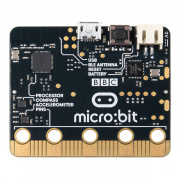

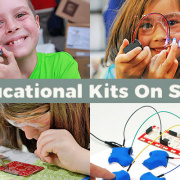
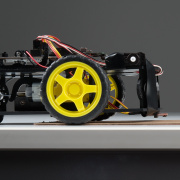

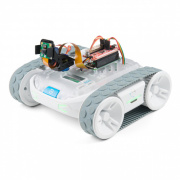
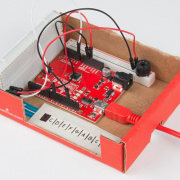
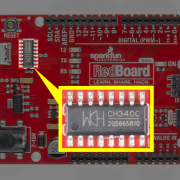
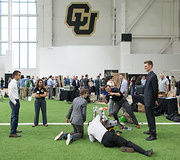
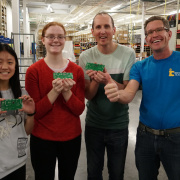
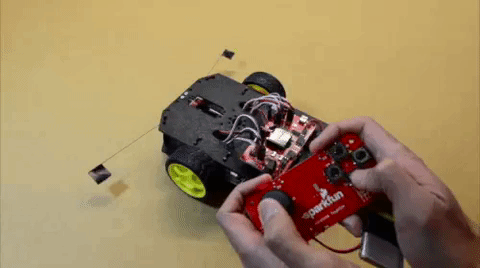
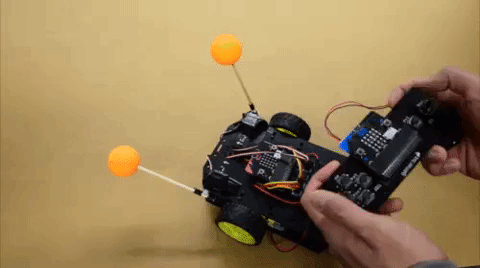

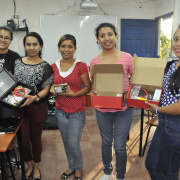
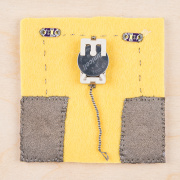

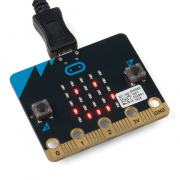

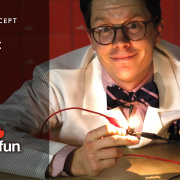
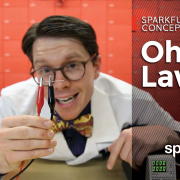
Hi, "For a full wishlist of products for this project, check it out here:" ....but I see no link to anything further. I am hoping you have…